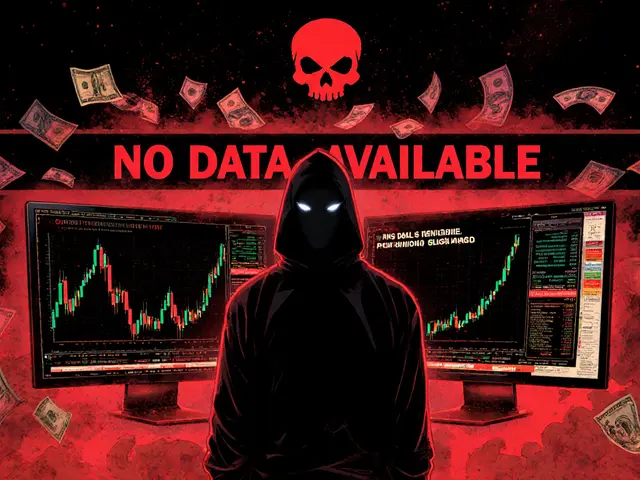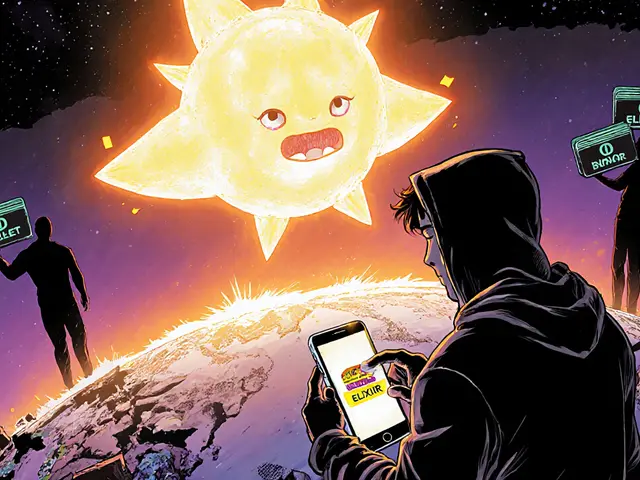Starchi Airdrop: What It Is, How It Works, and What to Watch For
When you hear Starchi airdrop, a distribution of free tokens tied to a blockchain project, often used to bootstrap community adoption, it’s easy to assume it’s just another free crypto opportunity. But not all airdrops are created equal. Some are legit ways to reward early supporters; others are cleverly disguised scams designed to steal your private keys or personal data. The Starchi airdrop sits right in the middle of that gray zone—no official team, no whitepaper, and no clear roadmap. That doesn’t mean it’s fake, but it does mean you need to be smarter than the hype.
Real airdrops, like the ETHPAD GRAND airdrop or the Genshiro (GENS) airdrop, don’t ask for your seed phrase. They don’t redirect you to sketchy websites. They publish clear eligibility rules, link to verified contracts, and give you time to prepare. The Starchi airdrop, on the other hand, thrives on urgency and secrecy. If you’re seeing posts saying "claim now before it’s gone" or "only 500 spots left," that’s a red flag. Legit projects don’t operate like flash sales.
Behind every airdrop is a larger system—blockchain rewards, token distribution, and community building. Projects use airdrops to get users to try their platform, hold their token, or even vote in governance. But when there’s zero transparency about who’s behind the project, or what the token even does, you’re not getting a reward—you’re taking a gamble. The DeFi airdrop model works when there’s utility. If the token doesn’t unlock access, voting power, or fee discounts, why would anyone want it?
Look at what’s happening in the space: users are getting burned by fake airdrops tied to fake wallets, fake websites, and fake influencers. The ORI Orica Token airdrop was a ghost. The Unbound SuperHero NFT airdrop turned out to be a mirage. The SHO airdrop at least had a real project behind it. The difference? Transparency. Proof. A public team. A working product.
So what should you do about the Starchi airdrop? Don’t click. Don’t connect your wallet. Don’t share your email. If you’re curious, check if it’s listed on any reputable airdrop tracking sites—or better yet, search for it on GitHub, Twitter, or Discord. If you can’t find a single credible source, it’s not worth your time. Real opportunities don’t hide. They announce. They explain. They invite you to learn.
Below, you’ll find real reviews, breakdowns, and scam alerts from projects that actually exist. No fluff. No fake promises. Just what you need to know before you touch your wallet.






